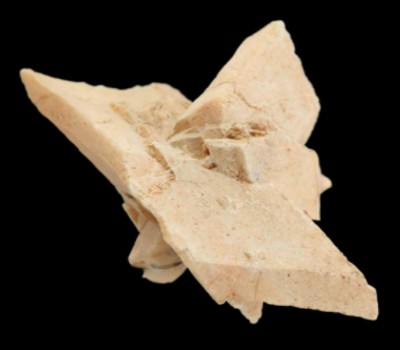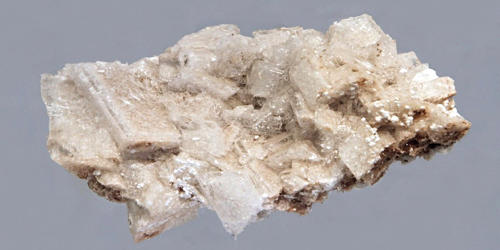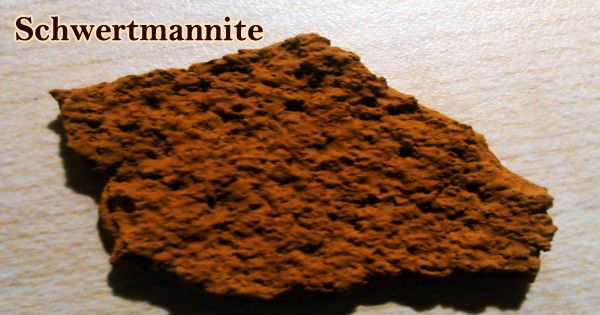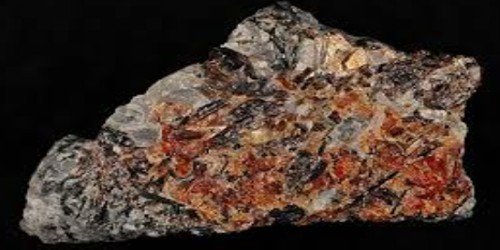Glauberite is a monoclinic sodium calcium sulfate mineral with the formula Na2Ca(SO4)2. It is named for the salt that helps compose its chemistry called “Glauber’s salt” after a German chemist. It forms in saline environments with other evaporite minerals such as halite, gypsum, calcite, and thenardite.
It was first described in 1808 for material from the El Castellar Mine, Villarrubia de Santiago, Toledo, Castile-La Mancha, Spain. It was named for the extracted Glauber’s salts after the German alchemist Johann Rudolf Glauber (1604–1668).
General Information
- Category: Sulfate minerals, anhydrous sulfate subgroup
- Formula: Na2Ca(SO4)2
- Crystal system: Monoclinic
- Crystal class: Prismatic (2/m) (same H-M symbol)

Fig: Glauberite
Properties
Glauberite, its cast impressions, and its pseudomorphed crystals are often easily recognizable due to its common crystal twinning, and crystal habit displayed by uniquely shaped flattened, often seeming rhombohedral, large individual ‘floater crystals’.
- Color: Gray or pale yellow, colorless
- Crystal habit: Tabular prismatic crystals
- Fracture: Conchoidal
- Tenacity: Brittle
- Mohs scale hardness: 2.5 – 3
- Luster: Vitreous to waxy, pearly on cleavages
- Streak: White
- Diaphaneity: Transparent to translucent
- Specific gravity: 2.75–2.85
- Optical properties: Biaxial (-)
Occurrence
Glauberite often forms in continental and marine evaporite deposits, but may also form from hydrothermal deposits, as mineral sublimates deposited near fumaroles, in amygdules in basalt, and in nitrate deposits in arid climates. It occurs associated with halite, polyhalite, anhydrite, gypsum, thenardite, mirabilite, sassolite and blodite.
Information Source:
















